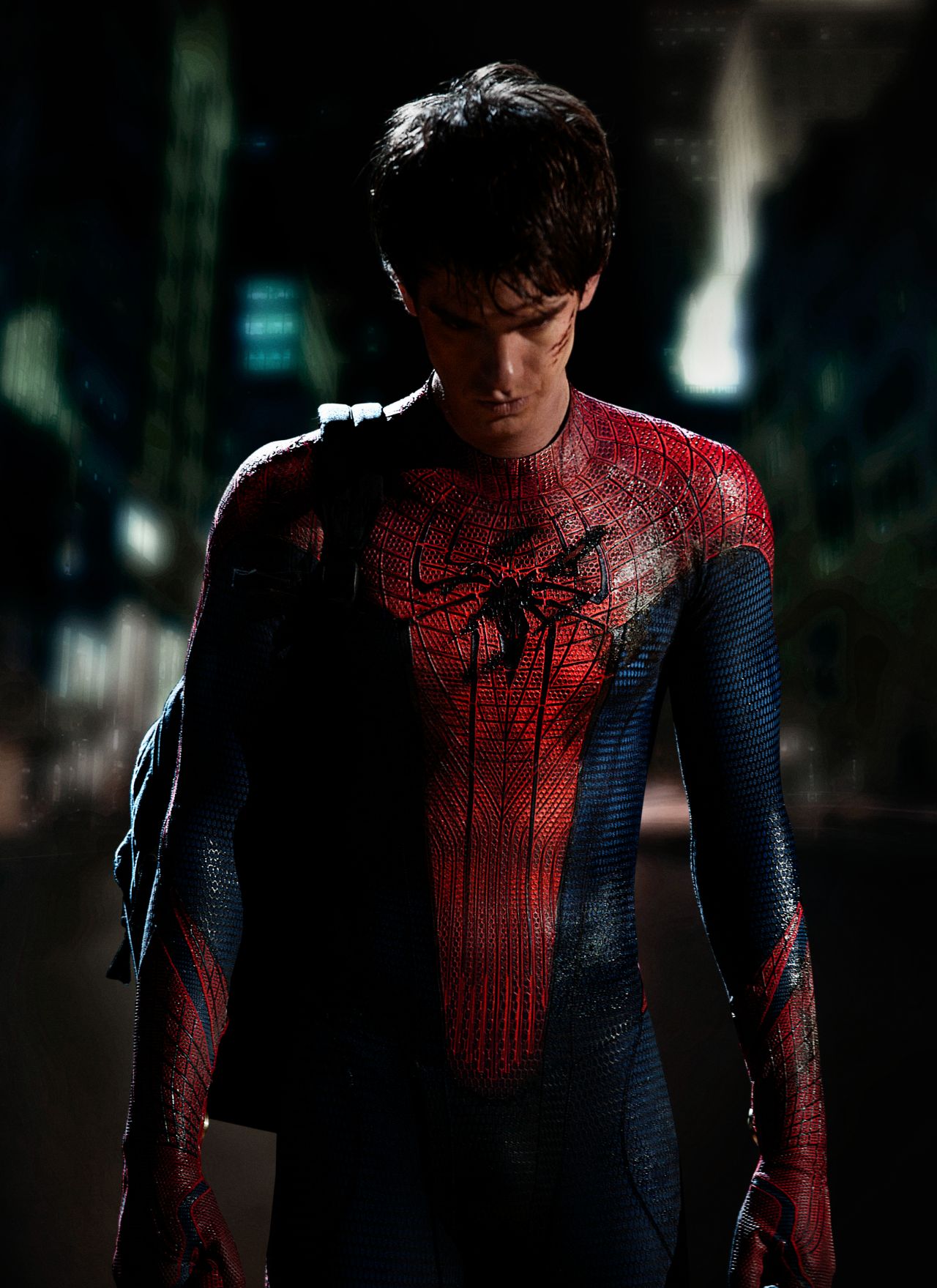The Amazing Spider-Man
Directed by Mark Webb
Columbia Pictures
![]()
![]()
![]()
![]()
In this fast-paced new world filled with young minds that long for rapid-fire entertainment, ten years is now an adequate amount of time for a remake.
“The Amazing Spider-Man” has been infamously racking up comments for the past year that sound like “Why?!” and “It’s too soon!” Luckily, those complaints can now come to a halt, because this reboot was worth every penny, and while the film isn’t “better” than “Spider-Man” or its sequel, it doesn’t have to be.
“The Amazing Spider-Man” is the first of a fresh new trilogy that takes on the world of the beloved webslinger in an exciting new light.
The film follows the standard superhero-blockbuster format, taking the viewer through the hero’s origin story for about the first hour, and then making its way through the expected high school-bully and costume-formation scenes that fans will still love this second time around.
It is clear that director Mark Webb, who is well-known for his quirky little indie hit “500 Days of Summer,” was concerned with emotion and quality rather than Hollywood glamour while crafting “The Amazing Spider-Man.”
The film is intellectual and thoughtful; it wants to follow in the footsteps of Christopher Nolan’s Batman films.
The first and most obvious deviation from the previous trilogy is the cast. Andrew Garfield’s acting and interpretation of Peter Parker is actually astonishing. From his nervous tick in the transformation scenes to his awkward encounters with Gwen Stacy (Emma Stone), he nails Peter Parker in a way that no one else can.
Martin Sheen and Denis Leary are fantastic in their supporting roles as Uncle Ben and Gwen Stacy’s father, respectively, and their interactions with Peter are funny, charming and cleverly written. Rhys Ifans as the Lizard offers the best interpretation of a Spidey villain since Doctor Octopus in “Spider-Man 2.”
The action sequences in Webb’s adaptation are more fast-paced and louder than ever, but miraculously easy to follow. Unlike many action sequences of blockbuster films today, Spider-Man does not suffer from any shaky-camera syndrome.
If there has been one warranted gripe regarding the film itself, it has been the amount of time Spider-Man spends without his mask in the movie. Critics and fans have raged over the fact that Peter just can’t seem to keep his mask on in “The Amazing Spider-Man.” There are a few possible reasons for this “unmasked” business.
Firstly, the obvious marketing scheme: Andrew Garfield is an outstandingly handsome young fellow (sorry Tobey Maguire) and the filmmakers most likely believed maximizing his “face time,” even when in costume, would increase the film’s overall success and profit.
But Garfield’s willingness to reveal his identity to the ones he loves also emphasizes his youthful vulnerability. The Peter Parker of “The Amazing Spider-Man” is passionate, reckless and at times, immature. After all, he’s just a kid.
Some of the more subversive directorial choices, such as the random first-person shots where viewers see through the eyes of Spider-Man, as well as the subtle allusions to the comics and predecessor films, are worthy of great applause. These choices easily make up for a few moments of over-the-top cheesiness in the film, including a gym class scene that’s a bit painful to watch. Peter Parker just isn’t the type to torture a high school bully by slam dunking over him in slow motion.
This is a brand-new Spider-Man that takes place in an entirely different film universe. It is richer, darker and will not soon be forgotten.
